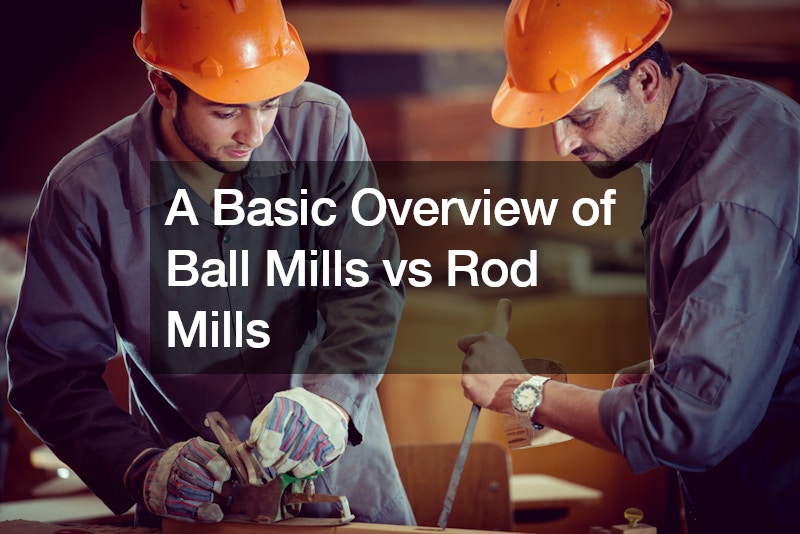Ball mills vs rod mills: both are types of grinding mills used extensively in various industries for comminution processes, but they have distinct differences in their design and operation. Ball mills consist of a rotating drum filled with steel balls that crush and grind the material as it rotates, creating a cascading effect. The size of the balls and their distribution within the drum affect the efficiency and output of the mill.
Ball mills are commonly used in the mining and mineral processing industries.
In contrast, rod mills use rods instead of balls as the grinding medium. These rods are usually made of steel and are shorter than the mill length. Rod mills operate at lower speed than ball mills and are often used in coarse grinding applications, such as preparing feed for ball or pebble mills. The choice between ball mills and rod mills depends on the specific requirements of the application. Ball mills are typically used for finer grinding tasks, where a narrow particle size distribution is desired. Rod mills, on the other hand, are preferred for coarser grinding applications and when a higher throughput is needed. Understanding the differences between ball mills and rod mills is essential for selecting the most suitable equipment for a particular grinding process and achieving optimal results in terms of efficiency and product quality.

